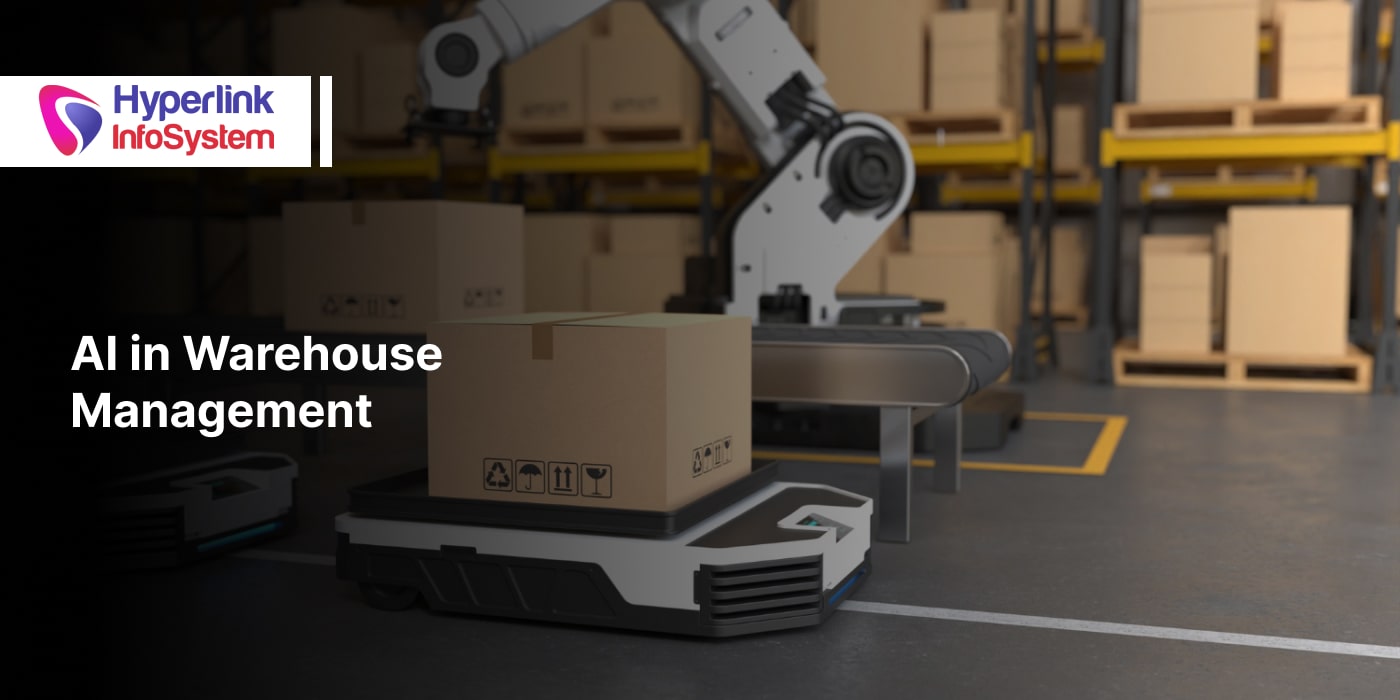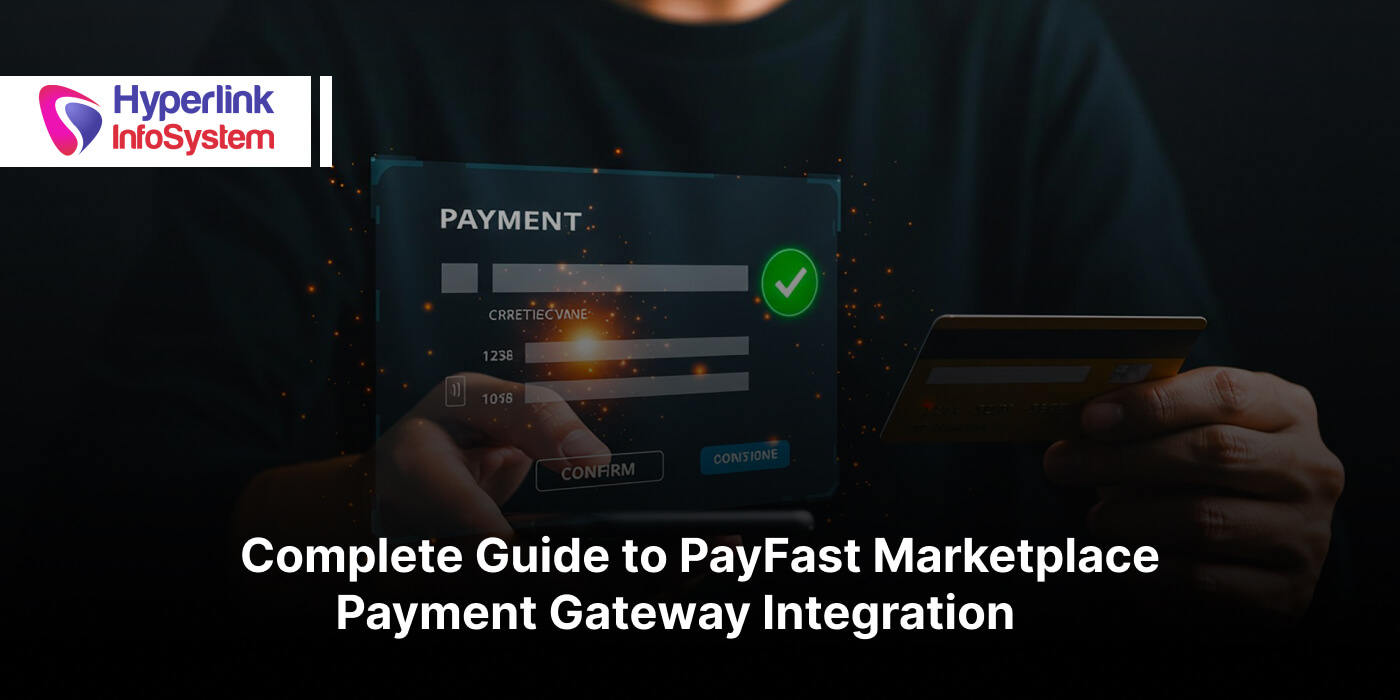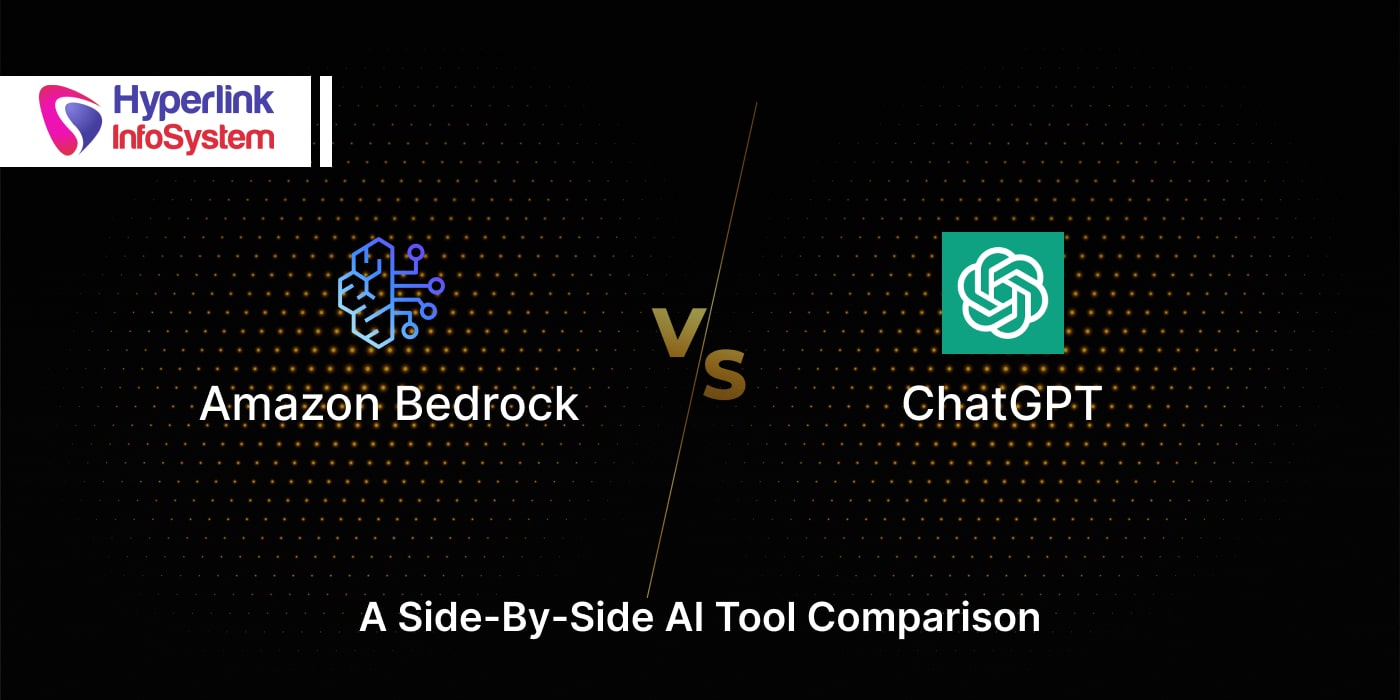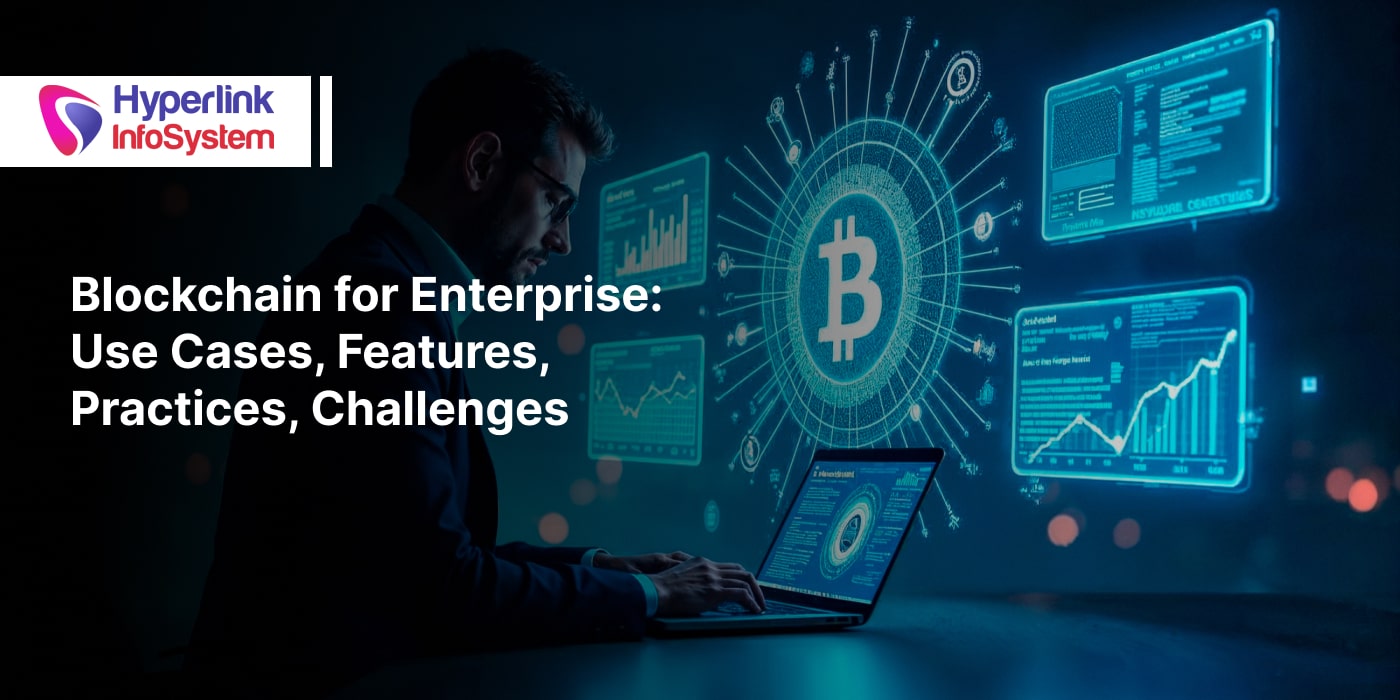How To Integrate Your POS System with Uber, DoorDash, and Grubhub?
Dec 2024
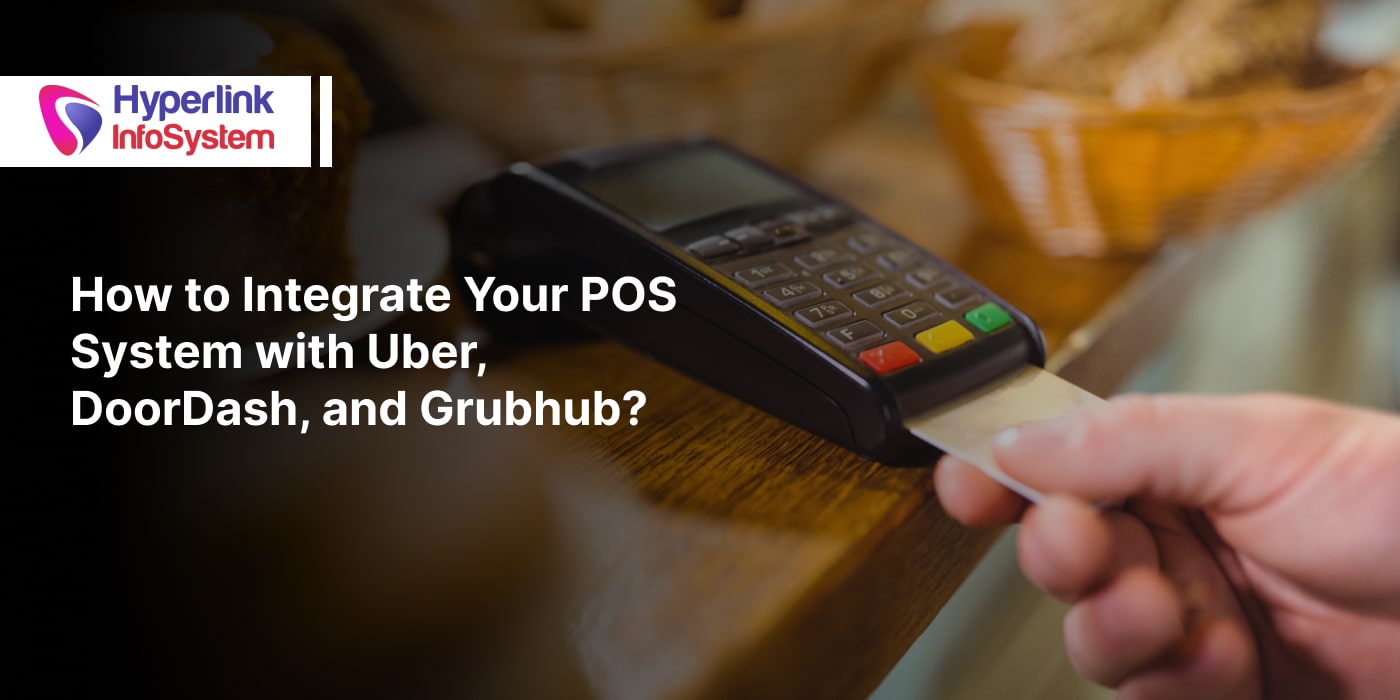
POS systems are forefront for businesses such as restaurants, cafes, bookstores, grocery stores, etc. POS systems are a combination of hardware and software programs that help such businesses manage inventory, staff, bills, orders, sales, and analyze data. POS system includes hardware data such as barcode scanners, cash registers, card readers, display screens, and receipt printers whereas the software part manages all the data of sales, orders, customers, inventory, and more.
POS systems are important for such businesses as they provide optimized and faster checkout processes and different payment options along with more efficiency by eliminating human errors.
Currently, the revenue in the online food delivery market is forecasted to reach US$1.22tn in 2024 and is expected to reach US$1.91tn by 2029 at a CAGR of 9.38%. Demand for food delivery apps like Uber, DoorDarsh, and Grubhub is growing day by day. People these days prefer to order from food delivery apps and for restaurants, it is hard to manage both restaurant orders and online app orders. This is where restaurants realize the importance of integrating POS with food delivery apps.
Challenges of Having a POS System and Food Delivery Apps Separated at the Restaurant
- Manual Orders into POS
Having food delivery apps like Uber, Doordash, and Grubhub separated from the restaurant's POS system can create differences in the system where restaurants' orders are in the POS system, and staff members have to enter the orders received from the food delivery apps manually. This creates conflicts in the history and data.
- Disjointed Inventory Management
With different apps, records are not being updated and synced. Inventory levels won't be updated automatically since orders coming from food delivery apps are not being updated in POS. It will create problems and management issues within the team.
- Menu Inconsistencies
It becomes difficult to manage menus on both POS systems and food delivery apps. It causes some inconsistencies in the management. Having separate menus for both creates confusion in item availability, pricing, and more. It also creates chaos especially when restaurants are running offers by creating conflict in prices on different platforms.
- Complex Reporting and Analysis
Having separated POS system from food delivery apps complexes the overall reporting and analysis process. To get the correct reporting and analysis process, restaurant owners manually merge data from both systems and then perform reporting and analysis on that. This whole process becomes very complex and has chances of errors.
- Limited Scalability
It won't create problems at the beginner level but as the demand and orders grow for your restaurants, it'll be difficult to manage increasing orders from both platforms.
- Increased Risks for Order Disputes
With multiple orders receiving platforms, order management can get worse and create conflicts in charges, item availability, order delivery, coupons, offers, and more.
- Poor Customer Experience
Such errors, delays, and inconsistent menus negatively on the customer experience. It decreases the customer retention ratio.
POS systems are also critical for recording sales data, collecting payments, and managing orders in the food delivery sector. To make sure that the orders are synchronized and updated in real-time, modern point-of-sale systems nowadays offer complex connectivity with third-party delivery platforms such as Uber, DoorDash, and Grubhub. This connectivity reduces manual intervention, increases the operational efficiency of restaurants, and enhances accuracy.
An effective point-of-sale system is required to meet the expectations of the fast-paced food delivery industry. It enables eateries to coordinate inventories, manage large order volumes, and keep menus constant across several delivery systems. Integration of POS systems with food delivery applications increases order accuracy, lowers errors, and provides insightful data about consumer behavior and sales patterns. This, in the final analysis, enhances customer satisfaction and increases restaurant profitability by guaranteeing improved resource management and a seamless delivery process.
Benefits of Integration of POS with On-demand Food Delivery Apps
- Order Consistency & Accuracy
Integrating a POS system with food delivery applications guarantees the accuracy and consistency of orders by automatically transferring the details of the orders directly from the application into the POS system. Human data entry is eradicated, thereby reducing problems that occur such as incorrect products, quantities, or alterations. Real-time synchronization prevents customers from ordering items that are out of stock, thereby ensuring that menus and the availability of items are always live across all platforms. In this regard, delivering accurately what the customer ordered every time has not only increased customer satisfaction but also streamlined processes.
- Streamlined Operation Management
Integration of POS with on-demand food delivery apps simplifies administering the operation by combining orders on various platforms into a single coherent interface. This ensures speedier and more effective order processing as a result of avoiding employees need to toggle between several platforms to conduct orders. It also automates features like order tracking, reconciling payments, and managing changes in inventory, thus resulting in fewer errors and manual handling. This will increase overall productivity in that processes are streamlined, coordinating the kitchen and front-of-house more efficiently, and will leave restaurants free to concentrate on offering a better dining and delivery experience.
- Accurate & Detailed Reporting and Analysis
Integration of POS systems with food delivery apps offers a perfect means of centralizing sales data from all channels and, hence reporting in detail and accurately. Restaurant owners will be better placed to make business decisions, thanks to real-time insights regarding the order trends, income streams, and platform-specific performance, which the integration provides. Comprehensive data regarding consumer preferences, popular items, and peak periods for ordering aid in the optimization of menu selections and marketing tactics. It ensures the accuracy of financial reporting and simplifies performance tracking by eliminating the need to manually reconcile data, which ultimately aids with resource management and strategic growth.
- Scalability
Restaurants can process higher volumes of orders without compromising efficiency if a point-of-sale system is integrated with food delivery applications. By centralizing activities, the integration ensures that the management will run smoothly as the company grows and expands into more delivery platforms. Workers can focus on maintaining quality rather than being burdened by laborious processes such as processing orders, updating inventory, and synchronizing menus if these are automated. This scalable solution enables corporate growth through increased demand, making it easier to manage administration at multiple locations and adapt quickly to market changes.
- Improved Customer Experience
Integrating a point-of-sale system with food delivery applications significantly enhances the consumer experience by ensuring smooth communication across platforms and faster and more accurate processing of orders. The introduction of the concept improves transparency through real-time information about menu availability and updates regarding delivery status, preventing potential problems such as ordering something unavailable or delayed delivery. Improved customer happiness and trust through a reduction in order mistakes, thereby ensuring consistent quality of service. Simplified procedures lead to wait times that are shorter and smoother interactions. It makes dining and delivery more dependable, pleasant, and encourages repeat business.
How to be Ready for Integration of Your POS System with Uber, DoorDash, and Grubhub?
Step-by-Step Process for Integration
Step 1:
First, you need to register your restaurant business with Uber, DoorDash, and Grubhub as a merchant. Once verified from the online food delivery platforms then move forward to the next step.
Step 2:
In your POS system, go to the integrations menu. Select the right integration provider or middleware to connect your POS system with delivery platforms. There are middleware options available in the market like Deliverect or Chowly for synchronization.
Step 3:
To set up API access and authentication, get API credentials from Uber, DoorDash, and Grubhub. Configure APIs with the help of your integration partner and ensure secure data exchange.
Step 4:
To sync your menus and pricing, first review your menu, pricing, and item availability to ensure that everything looks the same on all the platforms. Use an integration tool for uploading and syncing with the delivery apps.
Step 5:
Configure workflows to route orders automatically to your POS and kitchen systems, and test for accuracy.
Step 6:
Enable real-time inventory updates to avoid overselling, ensuring all changes reflect accurately across platforms.
Step 7:
Set up and verify tax rules and delivery fee structures within the integration tool to comply with local regulations.
Step 8:
Train your team on managing orders, resolving discrepancies, and tracking deliveries using the integrated system.
Step 9:
Launch the integration, monitor performance, and collect feedback to address any operational issues. Keep the integration software and POS system updated, and review analytics to optimize workflows continuously.
Key Considerations for Effective Integration
For effective integration, it’s crucial to maintain accurate menu synchronization by ensuring your POS menu reflects up-to-date prices and item availability across all connected delivery platforms. This consistency prevents errors and enhances customer satisfaction. Additionally, enable real-time notifications so your POS system instantly alerts you of new orders, ensuring timely preparation and delivery. Lastly, prioritize customization and scalability to adapt your system to evolving business needs, such as handling increased order volumes or integrating with additional delivery platforms as your restaurant grows.
Common Challenges and How to Overcome Them
Integrating your POS system with food delivery apps can present challenges, such as connectivity issues between APIs and middleware. These problems often arise from misconfigured settings or server downtimes. To overcome them, ensure your integration tools are properly configured and regularly updated, and work closely with your POS provider or middleware partner to troubleshoot issues promptly. Another common challenge is order delays, often caused by inefficient manual workflows. Automating order processing through the POS system can significantly reduce delays by ensuring seamless communication between platforms and minimizing human intervention.
It would then be very challenging to manage multiple platforms at once when orders are not centralized. Consolidating all delivery app orders into a single POS interface simplifies order monitoring, processing, and management. This centralization eliminates the need to switch between systems, which lowers errors and boosts productivity. Hiring dedicated developers or collaborating with an established app development company will ensure the integration process is smooth and continuous support is provided. Experts may be able to grow your business by customizing your point-of-sale system according to your specific operational requirements.
Benefits of Hiring Dedicated App Developers for Integration
- Seamless Integration with Expertise: Using their knowledge managing complex integrations, engaging experienced mobile app development companies ensures that the integration will be less complicated. They optimize your point-of-sale system to improve performance, minimize errors, and make the process easier.
- Cost-Effective Solutions with Indian Developers: Hiring Indian app developers is cost-effective without compromising on quality. They are the best option for companies trying to optimize return on investment because of their low price and proficiency in developing mobile apps. Hire Indian app developers today.
- Custom Integrations with Dedicated Developers: Hiring mobile app developers or dedicated developers gives solutions that are specifically designed for the company. Devoted developers focus on creating unique integration solutions that meet your unique operational needs while giving a guarantee of scalability and efficiency.
Future Trends in POS and Food Delivery App Integration
Advances in automation and artificial intelligence (AI) are changing the way of the future for the integration of POS and food delivery apps, such as functionality improvements through dynamic pricing adjustments, predictive inventory management, and intelligent order routing. POS systems are starting to incorporate analytics and customer personalization. Companies can then evaluate consumer preferences and deliver custom experiences, such as customized menus and promotions. Growth in food delivery applications is also spurring innovation with features such as real-time tracking, multi-channel integrations, and smooth user experiences. These innovations are changing the way companies function, increasing productivity, and opening new avenues for luring and keeping clients.
Cost Considerations for Integration
The cost to develop food delivery app integrations depends on several factors, including the complexity of your POS system, the number of delivery platforms being integrated, and the level of customization required. On average, integration costs can range from a few thousand to tens of thousands of dollars, influenced by the development team’s expertise and geographic location. Working with experienced app development companies or choosing to hire app developers—particularly Indian app developers for hire—can offer cost-effective solutions without compromising on quality. Investing in seamless integration not only improves operational efficiency but also enhances customer satisfaction, delivering long-term value for your business.
How to Get Started?
Begin integrating your point of sale with food delivery applications by collaborating with top application development companies that specialize in smooth integrations and customizations. When selecting a developer, consider Indian app developers for hire, as Indian app developers are known for providing budget-friendly solutions and experience with mobile application development. Consider experts who have experience dealing with middleware and APIs in order to ensure effective and installation-free integration. It takes a perfect set of tools, coupled with experienced developers well-aware of your company's needs, to create an extremely robust point-of-sale environment. App development companies like Hyperlink InfoSystem provide customized solutions that ensure seamless integration and scalability and support your business in continuing to stay ahead in this fiercely competitive food delivery sector.
Conclusion
Simplifying operations, enhancing customer satisfaction, and remaining competitive in the fast-paced food delivery industry all rely on integrating your point-of-sale system with services like Uber, DoorDash, and Grubhub. By having the right resources, expert developers, and perfect execution, businesses can unlock new doors for growth and efficiency. A smooth integration process is guaranteed when you connect with experienced companies like Hyperlink InfoSystem, thus positioning your business for long-term success.
Frequently Asked Questions
Use an integration solution like Deliverect or Chowly to integrate DoorDash and Uber Eats into your point-of-sale system. These tools consolidate the orders from both platforms to be better managed and synced straight into your point-of-sale system.
This is called "multi-apping" when a restaurant uses multiple food delivery services simultaneously, such as Uber Eats, DoorDash, and Grubhub, to increase order volume and customer reach. It is a successful tactic to boost awareness and revenues.
Order processing is streamlined, errors are decreased, and menu consistency is guaranteed when your POS system is integrated with delivery apps. This improves customer satisfaction and operational efficiency.
The prices determined will depend on the sophistication of your point-of-sale system, what platforms will be integrated into the application, and the specifics of your customized needs. Successful cost control is achieved with affordable developers such as Hyperlink InfoSystem.
Latest Blogs

Is BlockChain Technology Worth The H ...
Unfolds The Revolutionary & Versatility Of Blockchain Technology ...


IoT Technology - A Future In Making ...
Everything You Need To Know About IoT Technology ...

Feel Free to Contact Us!
We would be happy to hear from you, please fill in the form below or mail us your requirements on info@hyperlinkinfosystem.com
Hyperlink InfoSystem Bring Transformation For Global Businesses
Starting from listening to your business problems to delivering accurate solutions; we make sure to follow industry-specific standards and combine them with our technical knowledge, development expertise, and extensive research.
4500+
Apps Developed
1200+
Developers
2200+
Websites Designed
140+
Games Developed
120+
AI & IoT Solutions
2700+
Happy Clients
120+
Salesforce Solutions

40+
Data Science













